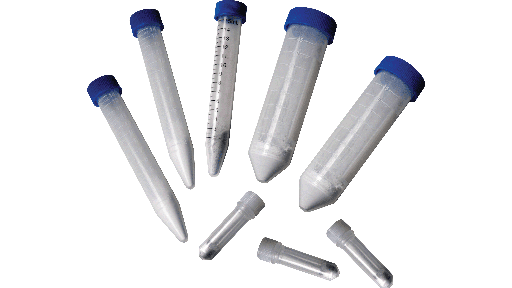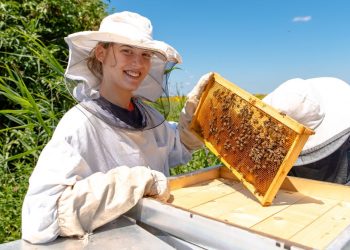Food safety is of paramount importance in today’s world, and effective testing methods play a crucial role in ensuring the quality of food products. One such method that has gained immense popularity for its simplicity, efficiency, and accuracy is Quechers. This technique has revolutionized food safety testing, particularly in the detection of pesticide residues, contaminants, and other harmful substances in food samples. In this article, we will explore what Quechers is, how it works, and why it has become an essential tool in the food safety industry.
What is Quechers?
Quechers stands for Quick, Easy, Cheap, Effective, Rugged, and Safe, a mouthful that perfectly encapsulates its benefits. Developed in the early 2000s, this sample preparation method is widely used in the analysis of pesticides, mycotoxins, and other contaminants in a variety of food matrices such as fruits, vegetables, meats, and dairy products.
The Quechers method simplifies and speeds up the extraction and cleanup process for complex food samples, making it an efficient option for laboratories and industries involved in food safety testing.
How Does Quechers Work?
The Quechers technique involves two main steps: extraction and cleanup. Here’s how it works:
- Extraction: A small portion of the food sample is mixed with a solvent (commonly acetonitrile) and salts. This mixture is vigorously shaken to ensure thorough extraction of contaminants. The addition of salts helps in phase separation, making the solvent layer easier to collect.
- Cleanup: After the extraction, the sample undergoes a cleanup process using dispersive solid-phase extraction (dSPE). Various sorbents are used to remove unwanted substances like lipids, pigments, and sugars, leaving behind a clean sample ready for analysis.
This simplified procedure allows for the rapid processing of multiple samples at once, making it ideal for high-throughput laboratories.
The Benefits of Quechers
- Speed and Efficiency: One of the major advantages of the Quechers method is its speed. Traditional methods for extracting and cleaning samples are often time-consuming and labor-intensive, while Quechers can process samples quickly and easily.
- Cost-Effective: As the name suggests, Quechers is a cheap alternative compared to conventional methods. It requires fewer reagents, less equipment, and minimal manual labor, significantly reducing overall costs for laboratories.
- Wide Applicability: Quechers is a versatile method that can be applied to a wide range of food products, from fresh produce to processed foods. Its ability to handle various matrices makes it a go-to choice for food safety testing.
- Accuracy and Sensitivity: Despite its simplicity, Quechers delivers accurate and sensitive results. It ensures reliable detection of even trace amounts of contaminants, helping to maintain food safety standards.
- Environmentally Friendly: The Quechers method uses smaller volumes of solvents, which contributes to less waste generation and reduced environmental impact compared to other extraction methods.
Why is Quechers Important in Food Safety?
The need for reliable food safety testing cannot be overstated, especially with increasing concerns over pesticide residues, environmental contaminants, and foodborne illnesses. Quechers provides an effective solution for laboratories to test food products quickly and accurately, ensuring that the food reaching consumers is safe for consumption.
The Quechers method is particularly beneficial in regulatory environments, where compliance with strict food safety standards is necessary. It has been adopted by global organizations such as the European Union and the United States Environmental Protection Agency (EPA) for monitoring pesticide residues in food.
Conclusion
The Quechers method has transformed the way food safety testing is conducted, offering a quick, cost-effective, and reliable alternative to traditional extraction methods. Its versatility and ease of use make it a valuable tool in ensuring the safety and quality of food products. As the demand for stringent food safety regulations continues to rise, Quechers will undoubtedly remain at the forefront of sample preparation techniques for years to come.















